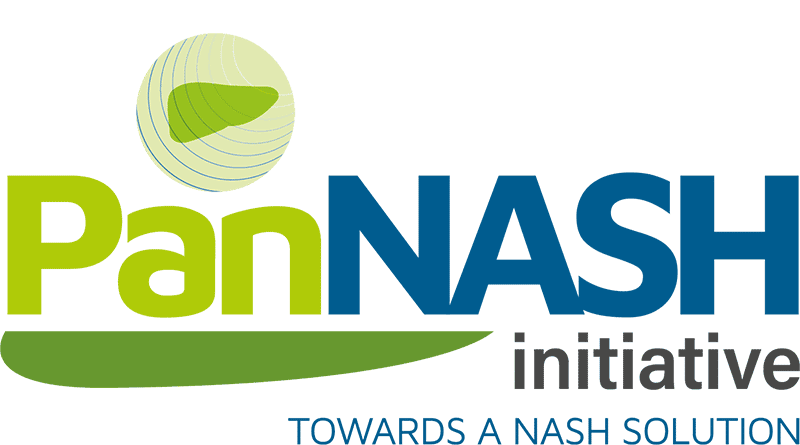Cardio-Metabolic Disorders in Non-Alcoholic Fatty Liver Disease.
Recent clinical evidence suggests that NAFLD is directly associated with an increased risk of cardio-metabolic disorders. This mini review describes briefly the current understanding of the pathogenesis of NAFLD, summarizing the link....


